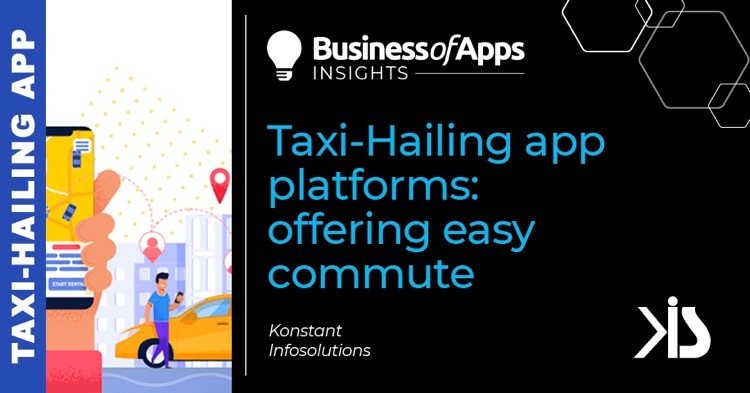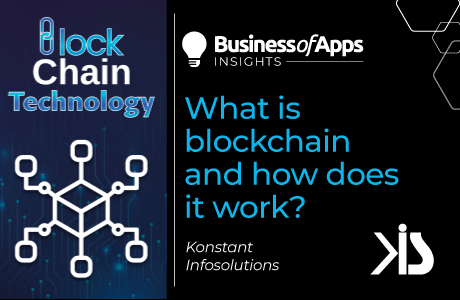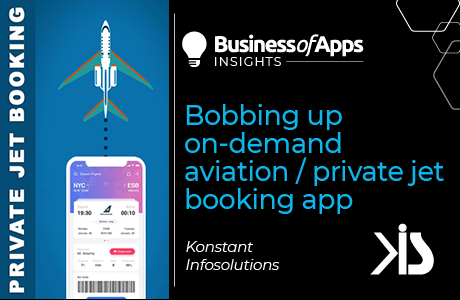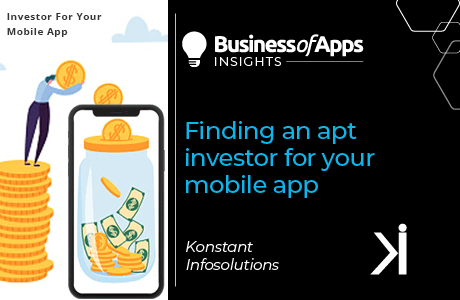The popularity of AI-enabled self-driving vehicles can never sack cab-sharing and ride-hailing platforms sentient-ing the needs of riders!
Booking a taxi beforehand, by making an initial payment is essential to wave off the possibility of standing at a curb while taxi by taxi seems to pass by, entirely ignoring your frantic motions. Taxis often show empty and seem to avidly seek a potentially high fare. Tipping off their heads in the rush hour, all bets were off. Tons of people fervently attempt to get their cabs, to reach their destinations on time.
Quite often, taxis used to pick someone up, but someone else used to dart into the cab instead. (Frequent in Mr. Beans TV show). But it did happen in real life. Unless you are mindful of that ‘nano-second’ delay, grab it or you will be left high and dry!
On another occasion, if luckily hail the cab and a person comes running up to you, offers ten bucks, and asks you to hand the taxi over to them.
Softbank’s announcement on merging Ola and Uber drains off the market of choices, leaving the customers or the drivers behind. But Competition Commission of India (CCI) suggests that Uber-Ola might become a monopoly which might not be good for Indian consumers.
The need and the purpose of apps like GrabTaxi
With a struggling economy, limited domestic market prospects, the small population often prompts young entrepreneurs to emerge with their business ideas. Taxi-hailing services are one such option. GrabTaxi is an Uber rival in Southeast Asia, backed by SoftBank and China’s Didi Kuaidi.
How do GrabTaxi works?
A rider or co-passenger can check the cab-booking price before booking and has to walk a bit to a pick-up location, to hop in the waiting shared cab. Passengers aren’t exactly picked up or dropped off at their homes or offices but to the spots easily covered by walking to save time and inconvenience to co-passengers.
With an improvement in methodologies, we follow a lot less hand waiving hailing to go with. In lieu of hiring a cab, we pull up an app on our smartphones, locate a nearby cab, check the fare, make the payment, and wait for it to arrive.
GrabTaxi offerings
Every new start-up in the ride-hailing sector is working against well-funded and rapidly expanding competitors (Uber, Ola), and foraying towards slashing the cost for customers and helping reduce the number of cars on the road, curbing traffic jams and air pollution hurting major metropolitans.
Master Mobile Media Buying Design Secrets! 📱🚀
Ready to skyrocket your campaign results? Grab your free guide packed with design strategies for better ad performance.
Learn MoreTaxi-booking with sharing platforms are amongst a breed of clean-tech start-ups, hoping to build a sustainable future and a quick global footprint.
GrabTaxi has currently expanded its offerings to GrabCar (private cars), GrabBike (motorbike taxis), GrabExpress (delivery), and GrabHitch (carpooling).
GrabTaxi also includes an auto-retry feature for immediate booking, better tracking, and flash to automatically scan all ride types in the area to find vehicles faster.
GrabTaxi Rider app features
General
- Trip History
- Schedule Ride
- Ride Cancellation
- Interactive Map
- Voice Recognition
- Preferred Driver
- Multiple Destinations
- Share trip
- Panic Button
- Favorite Destination
- Book for others
Admin Panel
- Admin Reports
- User Interactive Dashboard
- Manual Dispatch
- Driver Transaction
Driver App
- Trip History
- Route Selection
- My Destination
- SOS Contacts
- Rider Review
Technologies behind GrabTaxi Ride-hailing service
Grab Taxi is a stylish, modern, powerful WordPress theme (Stylish Online Taxi Service WordPress Theme 1.2.6), to create a car rental service agency, auto mechanic service firm, or car repair shop.
Ride-Hailing Website Development
- Backend: PostgreSQL, MySQL, SQL Server
- Programming Languages: Java, Python, CSS/HTML
Common for Web and Mobile
- Languages: Node.js
- Web Server: Express.js
- Rendering, State Handling, and Building: React.js, Gulp.js, Standard Flux
App Development iOS
- Storage: LevelDB
- Crash Detection: KSCrash
- Backend: MySQL, Schemaless
- Placement and Sizing: SnapKit, Masonry
- Repository: Buck
- Testing: OCMock
App Development Android
- Architecture: RxJava
- Image Loading: Picasso
- Build System: Gradle
- Logging: Timber
- Dependency Injection Framework: Dagger
- Automation Coding: Expresso
- Networking: retrofit, Gson, OkHttp
Web or app design
It must include attractive background, pictures, graphic designing, interface designing, coding, user experience design, and basic SEO guidelines. Also, web design tools like DreamWeaver, Panic Coda, and Photoshop can be useful.
Location-Based Service
- Radio frequency (RF) location methods like Time Difference of Arrival (TDOA) for precision
- Associating a geographic location with an IP address
- MAC address
- RFID
- Hardware embedded article/production number
- Embedded software number (such as UUID, Exif/IPTC/XMP or modern steganography)
- Invoice
- Wi-Fi positioning system
- Device fingerprint
- Canvas fingerprinting
- Device GPS coordinates
Infrastructure and Storage/Database for Taxi App Development
- Languages: Java and Go
- App Provisioning: Docker, Aurora, Mesos
- Distributed storage and analytics: Hadoop warehouse
- Mapping visualizations: SVG, WebGL, and Canvas
- Long-term data storage: Schemaless (built on-house on top of MySQL), Riak, and Cassandra
- Routing and Service Discovery: Hyperbahn, Ringpop, and TChannel
- Caching and queuing: Redis, Celery workers, Twenproxy
- Searching and visualizations: ELK stack (ELK stands for Elasticsearch, Kibana, and Logstash)
- Virtual Machines: Packer, Boto, Vagrant, and Unison
- System configuration: Puppet
- Inventory management: Clusto
Payment Gateway Integration
GrabTaxi accepts cashless payments. The riders pay via credit/debit cards. They may use app discounts or promo codes. If we consider Braintree and stripe integration into Taxi Rider apps, there can be certain considerations:
- USD with 2.9% + $0.30 per transaction after first $50K
- Multi-currency with 3.9% fee for Braintree and 2.9% + $0.30 per transaction + 2% fee conversion fee Bitcoin
- Bitcoin with a 1% fee per Bitcoin transaction after the first $1,000,000 by Braintree and a 0.5% fee per Bitcoin transaction
Cost to create an app like GrabTaxi
Various determinants of calculating cost in taxi app development are Design Aspects, Number & complexity of features, Number of platforms and details of the operating system, Technology Preferences, Development team capabilities, locations, and rates.
An approximate total cost to create a Ridesharing iOS application is around $30,000, and an Android app cost – $35,000, which gives both platforms – $65,000 in total.
Examples
One Ride-hailing application in Singapore – Tada has signed nearly 2000 Cab drivers for its new Blockchain-based platform for licensed cabs, targeting scaling up to 5000 by the end of the year.
Conclusion
Rewinding to two-three years, it seemed that hailing a cab required long arms and a capacity to wave frantically to catch the eye of the taxi driver. This global demand for on-demand taxi services is channelized by the IT industry along with high-end expertise for building Taxi Booking Applications.
Most cab-sharing applications focus on offering various modes of payments, their wallet services, as they connect riders going in the same direction with the use of an app, helping them share a cab and save money.
Big Data Analytics provides insight into the ride-hailing market, Artificial Intelligence to offer Chat Bots/Voice assistants, and Singapore Taxi Companies have nodded Blockchain ride-hailing apps. AI-enabled self-driven cars run without human assistance. There are some cars, with AI capability, but co-share the driving task, are semi-autonomous, and typically contain a variety of automated add-on’s (Advanced Driver-Assistance Systems).
Transport is integral – for essential purposes, for commuting to work, or for grabbing groceries and daily essentials. Most of the features of popular ride-hailing applications are similar on the surface, but the key difference lies in how they are implemented in the local context.












